Discover the rich, savory flavors of Japanese cuisine with Hondashi and Dashi, two essential ingredients that add depth and complexity to traditional dishes. But what’s the difference between Dashi and Hondashi? Is Hondashi just a type of Dashi, or are they two distinct flavors to explore?
Let’s find out!

Hondashi vs. Dashi
Dashi is a type of Japanese soup stock that is used as a base in many traditional Japanese dishes, including miso soup, udon noodle soup, soba, and other soups and sauces.
On the other hand, Hondashi is the product name that is manufactured by Ajinomoto and a specific type of dashi commonly in granules form and is one of the most commonly used forms of dashi in Japanese cuisine.
Hondashi has a rich, savory, and umami flavor that is often used to enhance the flavor of other ingredients in a dish.
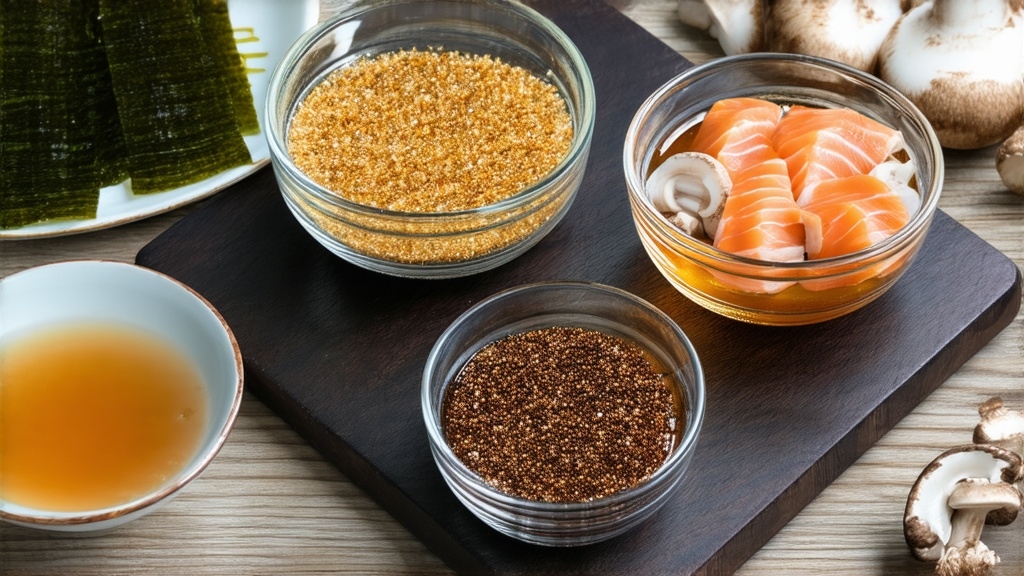

Other forms of dashi, such as kombu dashi and niboshi dashi, can be made from different components, such as dried seaweed or dried anchovies, and have their own unique flavors and uses.
It’s ironic that hon-dashi translated means ‘true dashi’
it’s really anything but that
continue reading to know more….
History of Dashi
Dashi has a long history in Japanese cuisine. The exact origins of dashi are not well-documented, but it is believed to have been developed as a way to add flavor to dishes without having to prepare a full-fledged broth from scratch.
The use of dashi became widespread in Japan during the Edo period (1603-1868), when the development of new cooking techniques and the growth of the food industry led to an increased demand for convenient, flavorful ingredients.
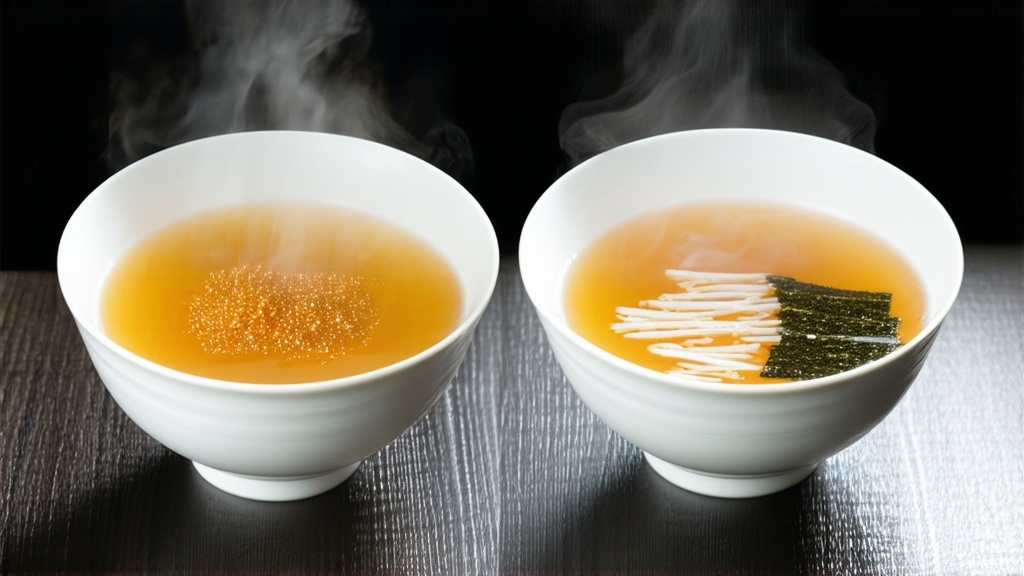

Today, dashi remains a popular and widely used ingredient in Japanese cuisine, and it is widely available in stores and online. Different forms of dashi have their own unique flavors and use, and they continue to play an important role in the flavor profile of Japanese cuisine.
What is Hondashi
HONDASHI® is a bonito-based seasoning that gives a rich and savory flavor to many Japanese dishes. It is a powdered form of dashi, a traditional broth made from dried and shaved bonito fish, and sometimes other ingredients like seaweed, yeast, and salt. You can use hondashi to make dashi in minutes by dissolving it in hot water or to boost the taste of other foods like rice, vegetables, and meat. Hondashi is long-lasting and easy to store, as it does not require refrigeration. HONDASHI® is an essential ingredient in Japanese cuisine and a simple way to enjoy the delicious flavor of bonito dashi at home.
What is Hondashi Made Of
Hondashi is a blend of flavor boosters such as MSG, disodium inosinate, and disodium succinate which mimic the taste of kombu and katsuobushi, along with other ingredients such as salt, sugar, yeast extract, and dried bonito powder and extract.
Essentially, it is a powerful umami seasoning powder that can be used to add intense flavor to any dish.
What does Hondashi Taste Like
Hondashi has a savory, slightly salty, and fishy flavor due to its main ingredient, dried bonito fish. The flavor is intense so it’s recommended to use it sparingly, especially if it’s new to you.
Pros and Cons of Hondashi
The greatest advantage of using Hondashi is that it eliminates the need for the time-consuming process of making dashi from scratch. Simply sprinkling Hondashi directly onto the dish makes cooking much easier and more convenient. (my obachan -grandmother, used to sprinkle it almost on everything!)
Hondashi is high in sodium, which can be problematic for individuals who are on a low-sodium diet or have high blood pressure.
The strong and distinct flavor of Hondashi can also be overpowering for some people. Especially if you’re not really into fish or slightly smoky or funky fermented types of flavors.
It’s important to choose high-quality Hondashi products, read the ingredients label carefully, and use them in moderation to avoid any potential negative effects.

Best Substitutes for Hondashi:
Shiitake dashi is a type of Japanese soup stock that is made from dried shiitake mushrooms. It is commonly used as a base for sauces, soups, and other dishes, and is considered a healthy alternative to traditional animal-based dashi such as bonito or kombu dashi.
Shiitake dashi is known for its earthy, umami flavor, as well as its health benefits, as shiitake mushrooms are rich in antioxidants, vitamins, and minerals. Additionally, shiitake dashi is considered a vegetarian and vegan-friendly alternative to traditional dashi made from bonito or kombu, making it a versatile ingredient in a variety of cuisines.
And no, you cannot use fresh shiitake mushrooms from dashi. The drying process allows the cell walls of the mushroom to deteriorate so that when you add hot water to rehydrate them, all the goodies (umami) come out.
Fresh shiitake mushrooms should never be used to make dashi.
Never say never, but this time it’s really never! Nevaaa!
Vegetable dashi is a type of soup stock made from a variety of vegetables such as cabbage, daikon, carrots, and celery, and can also include vegetable scraps like skins and cores.
Some vegetables are particularly rich in glutamic acid. Glutamic acid is the natural form of MSG. Foods that naturally contain glutamic acid including tomatoes, onions, asparagus, broccoli, and green peas, can add extra flavor to the dashi.
Making vegetable dashi is simple and healthy, and delicious when you use packets like those from my favorite brand Kayanoya.
Iriko dashi is a type of soup stock made from dried anchovies. It is a staple in Japanese cuisine and is used as a base for soups, stews, and sauces just like dashi made with katsuobushi.
The dried anchovies are simmered in water to extract their flavor, which is then used as a flavorful and nutritious base for various dishes.
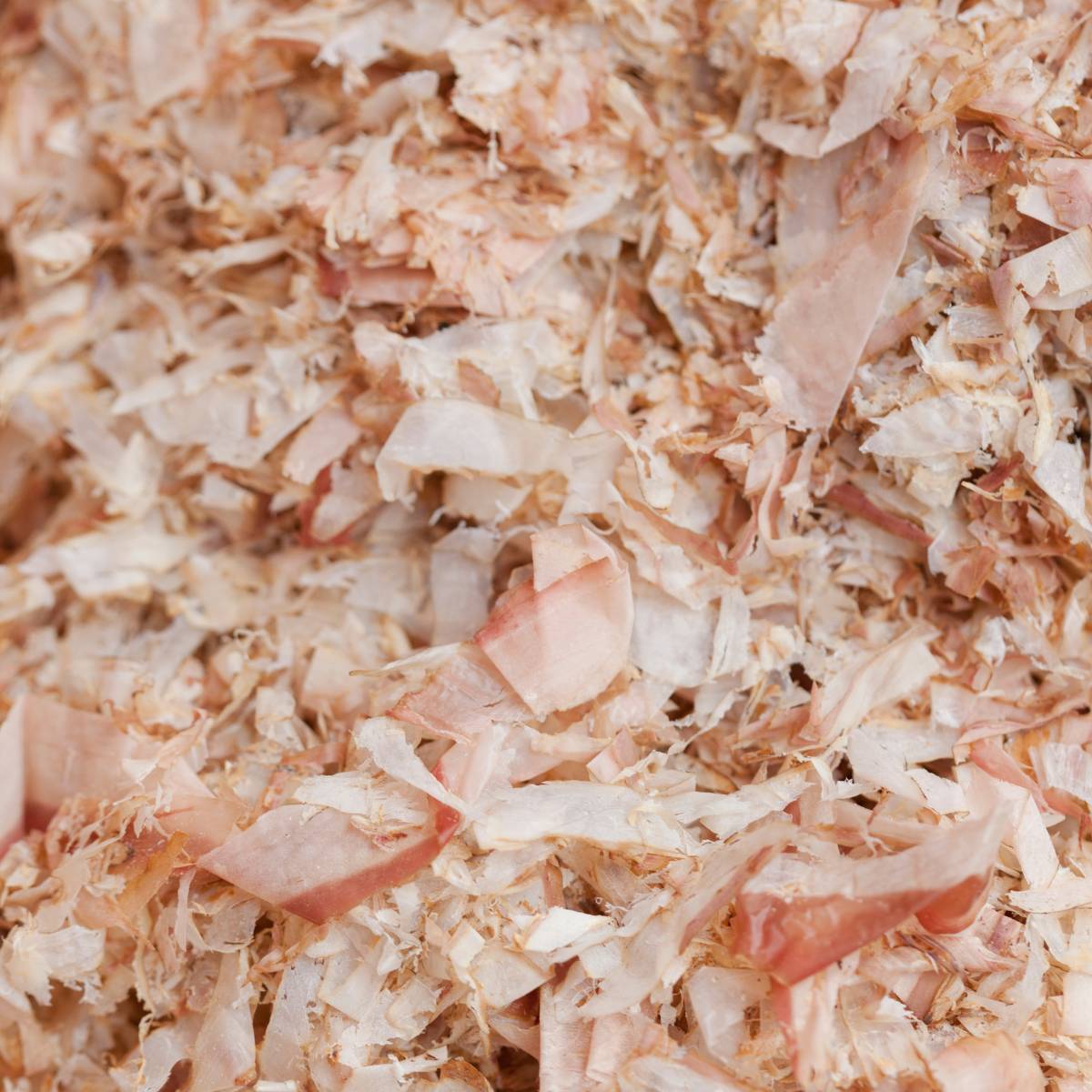
Hondashi vs. Bonito Flakes
Hondashi and bonito flakes are similar in that they both come from dried bonito fish. That’s really about all they have in common ingredient-wise. Bonito flakes are dried bonito fish that have been shaved into thin translucent flakes.
Hondashi is a melange of different ingredients. It’s much easier to use as it only requires sprinkling the powder on the dish, while bonito flakes need to be simmered in boiling water and strained to release their flavor. Then you’re left with a lot of liquid as well.
However, some people prefer bonito flakes as they provide a more authentic dashi flavor compared to Hondashi. Ultimately, the choice between Hondashi and bonito flakes comes down to personal preference and convenience.
Hondashi vs. Shiro Dashi
Hondashi and Shiro Dashi are both used to flavor food. Although both are simple to use and practical for cooking, there’s one main difference between the two soup stocks.
Shiro Dashi is a lighter-colored dashi created by combining kombu (kelp) and katsuobushi (dried bonito flakes) along with other seasonings like mirin, sake, salt, and or shoyu (soy sauce). It has a subtle, delicate flavor and is generally used when you’re ready to season food, not necessarily simmer or cook it as you would with traditional dashi.

Summary & Conclusion
In summary, traditional dashi is made fresh at home from raw components, a powder, or a satchet.
Hondashi, is a powdered version sold under a specific brand name. Both have their best uses and can be used by anyone who enjoys cooking and wants to add flavor to their dishes, especially since it is convenient to use and easy to find.
That said, while Hondashi is a convenient and flavorful option, you guys know I enjoy making dashi from scratch,
Using natural ingredients such as kombu and bonito flakes can provide a more authentic and healthier taste. And if you’re not up for that, there are other alternatives to hondashi that I shared with you in this article.
Overall, it is up to personal preference and what you’re able to get your hands on.
Do you prefer hondashi or other types of dashi?
lmk in the comments !


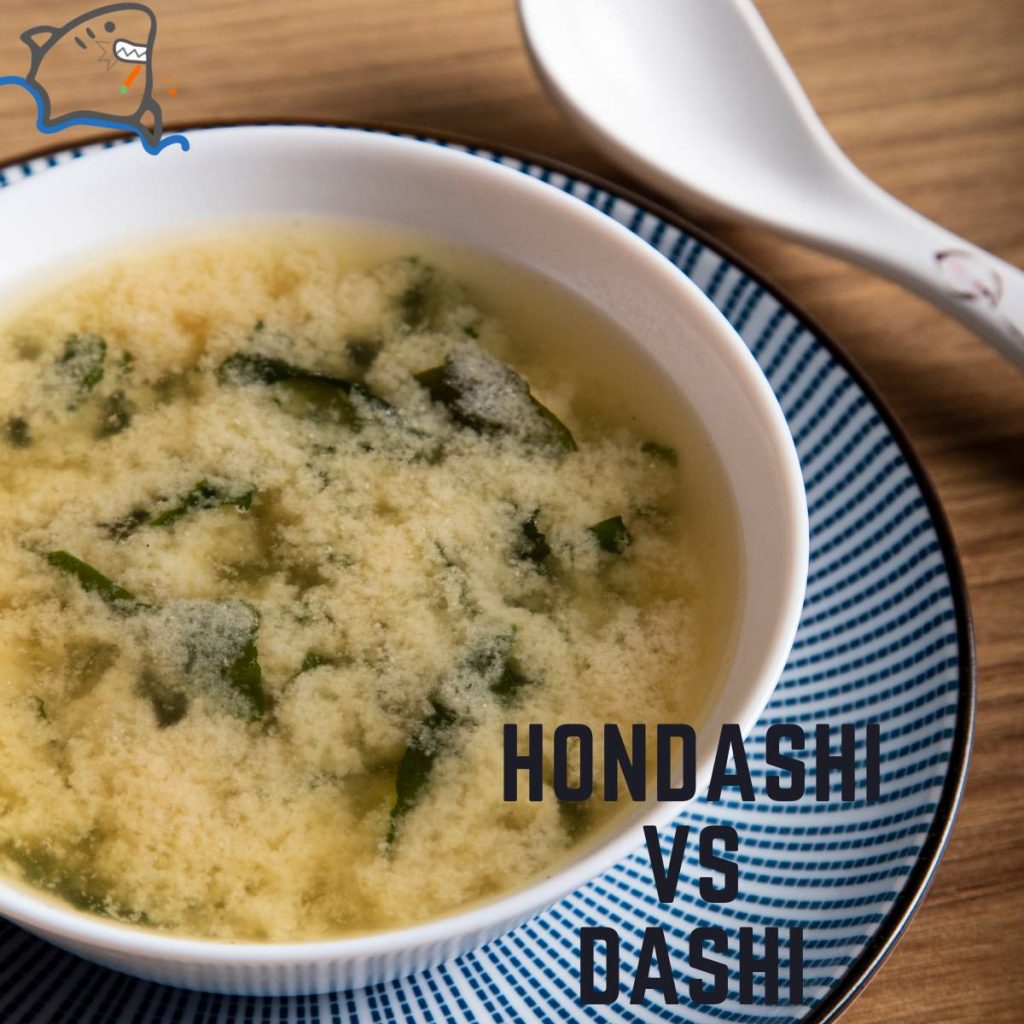






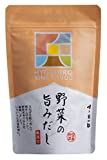

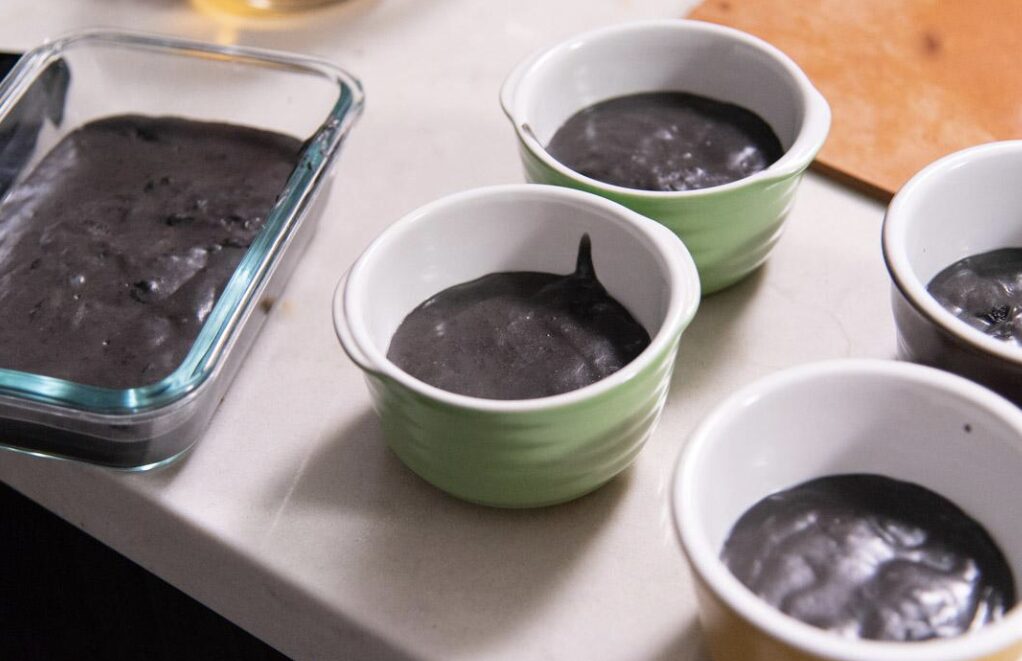
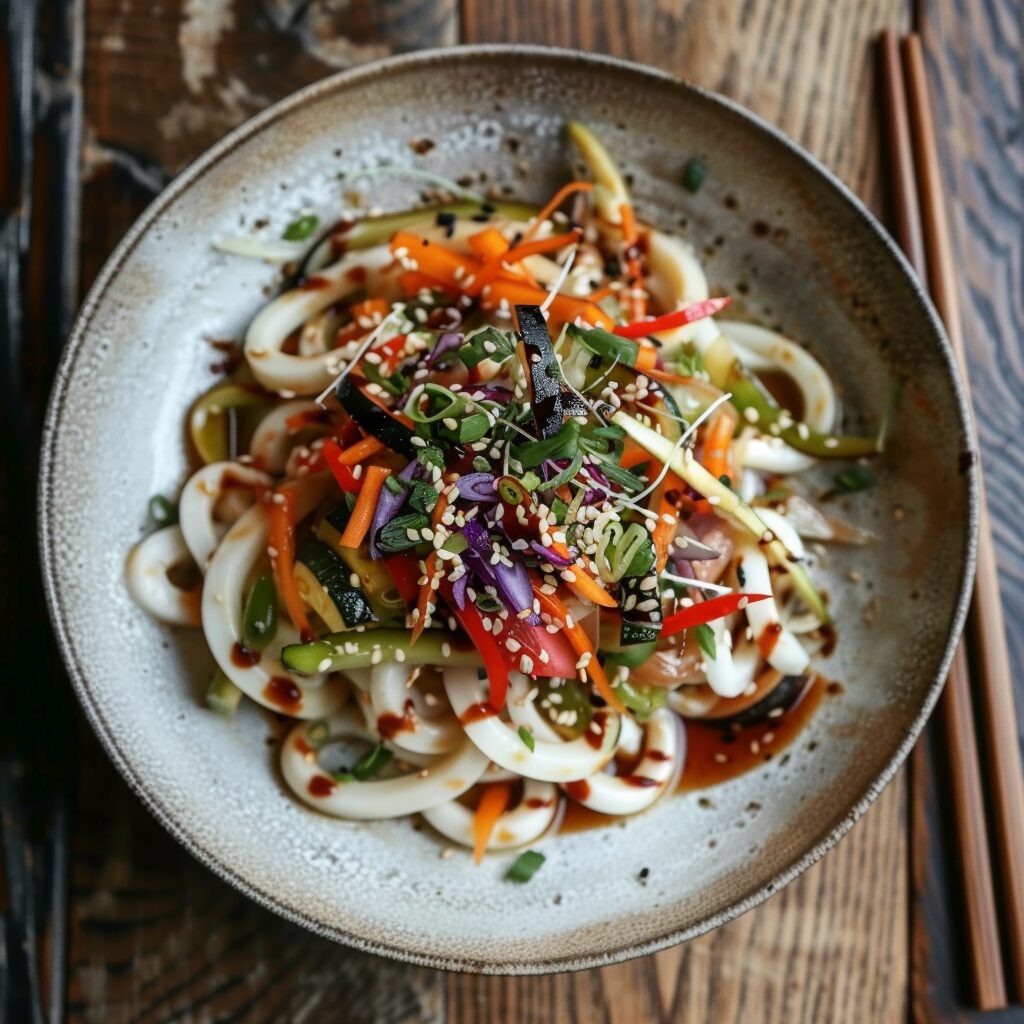

Konnichiwa! (Hello!) I'm Pat Tokuyama, a Japanese tofu cookbook author, who travels for music, food, and adventure. If you like Japanese tea, checkout some of the newestorganic japanese tea, matcha bowls and noren and more!
** Curious about the Plant Based Japanese Cooking Club? ** Learn more here!